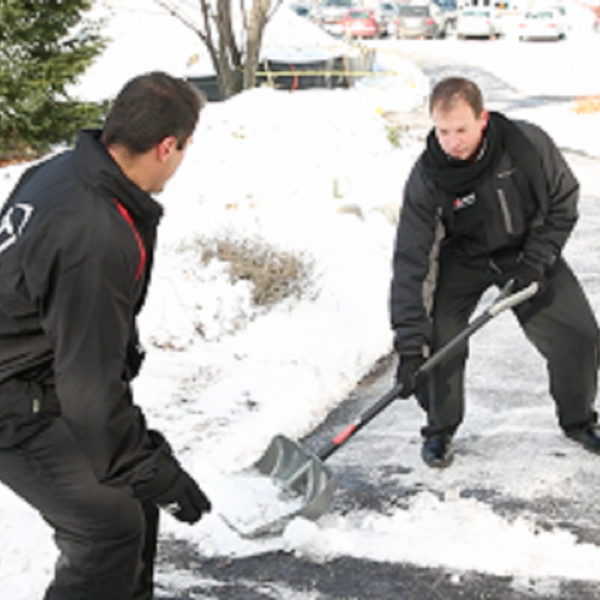
There’s a frigid four-letter word many don’t like to hear this time of year - SNOW! We have no way of knowing whether we’re getting a little, or a lot this winter. However, the therapists at ATI Physical Therapy know for sure that there are several things you can do to help prevent injuries when the white stuff arrives.
Injured While Shoveling?
If prevention measures fail and you do sustain an injury while shoveling, ATI Physical Therapy offers complimentary injury screenings at every location, and we aim to schedule your screening within 24-48 hours. Please contact us today.
Prepare!
Take 5 – 10 minutes to warm-up muscles with gentle movements and stretches before grabbing that shovel. Also, just because it’s cold outside doesn’t mean you cannot become dehydrated. Drink plenty of water before, during and after shoveling to keep those muscles hydrated, and help avoid injuries. Avoid caffeinated drinks or nicotine before shoveling, as they increase your heart rate and constrict blood vessels, placing strain on your heart.
Proper Dress – Head to Toe
Dressing too warmly can be a mistake, as exercise generates heat, making you feel warmer than it really is. Dress in layers that will allow you to remove clothing, and put it back on as needed. Be sure to cover your head and your hands to help maintain your core body temperature. A good pair of gloves will not only keep your hands warm, they will give you a better grip on the shovel handle, causing less fatigue on your wrists and hand. Finally, some rubber soled boots with good traction will help decrease the risk of slipping or falling.
Good Form
Excessive bending, twisting and heavy loads are the main culprits of injuries while shoveling snow. Rather than lifting the snow and throwing it, push it along. A smaller, plastic shovel will be lighter than a metal one, lessening your load. If you must lift the snow, improve leverage by keeping space between your hands when grasping the shovel handle. Move the snow by using your arms and legs, and not your back. Stand with your feet shoulder width apart for balance, avoid bending at your waist by keeping your back straight, and bend with your knees.
Pace Yourself
Did you know that on average, ONE shovel full of snow can weigh in excess of ten pounds? Now, multiply that times the amount of shovels you’re moving . . . and that’s A LOT of snow! Don’t try to finish the job all at once, and shovel smaller loads, especially when dealing with large amounts of snowfall. Give yourself a break every 15 minutes or so.
Know your Limits
It’s always a good idea to use the buddy system when shoveling, just in case you need help. At any time, if you experience pain, shortness of breath, tightness in your chest, or feel lightheaded . . . STOP! And, before you even start, think twice about whether you should be venturing outside. Harvard Health Publications suggests that those with a heart condition, out of shape, or over the age of 50 should think about not shoveling snow.
